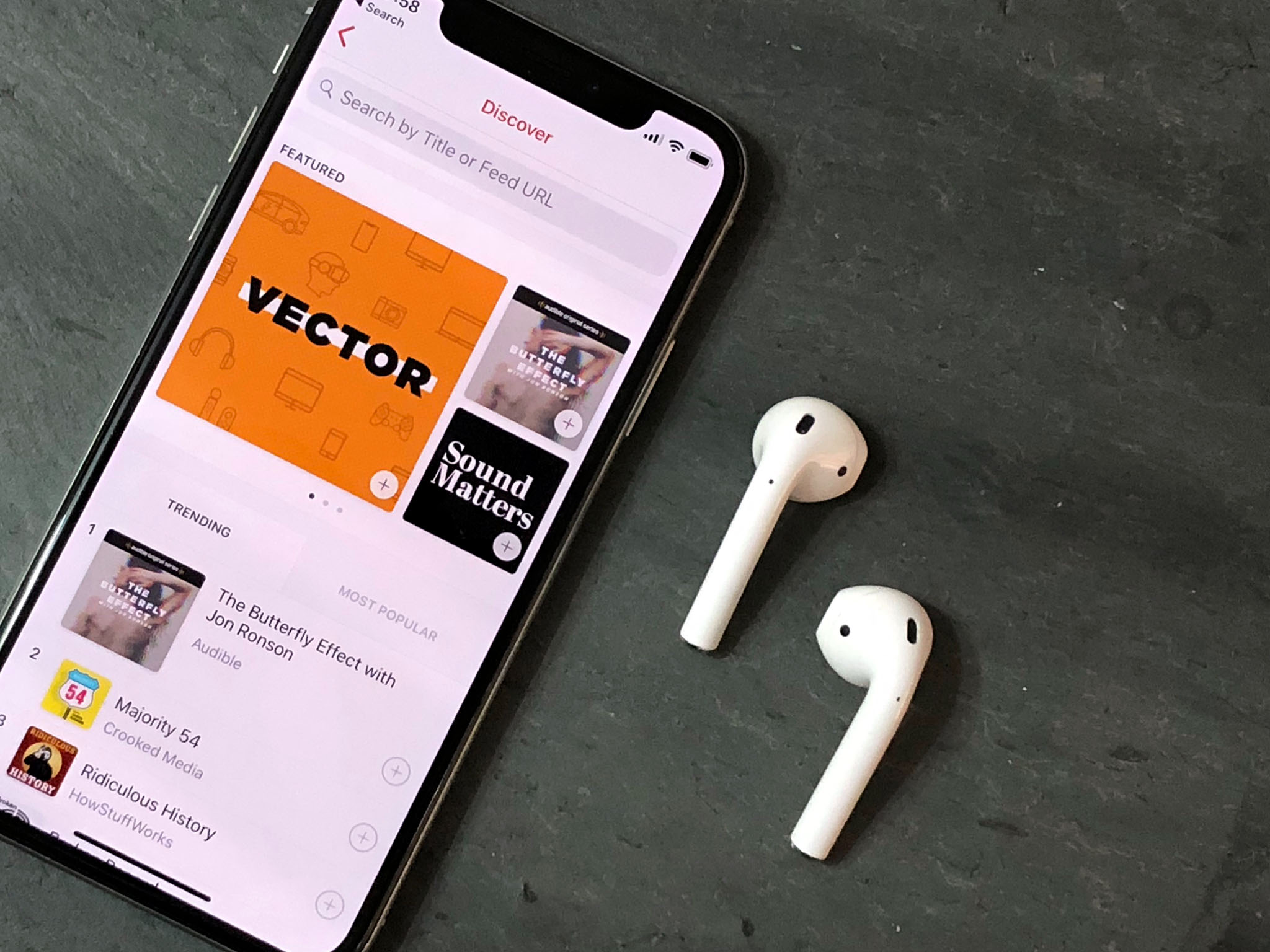AirPods are Apple's attempt to bring us a better, brighter wireless future. They look like the ends of Apple's wired EarPods, but with the cord snipped off at the stems. The way they work, though… that's magic.
I've now spent over a year with Apple's $159 AirPods and used them day in, day out, in a variety of situations and circumstances. And here's my updated review...
AirPods In-Brief
For people who want:
- EarPods-style look and fit
- Noise-canceling mics
- Powerful voice control
- Long battery life
- Cutting-edge wireless technology
Not for people who want:
- On- or over-ear headphones
- Noise-canceling speakers
- Physical controls
- Wired option for when batteries die
- Low, low pricing
If you want instant access to a wide array of physical controls for, or noise-canceling headphones for study or long flights, AirPods aren't for you. If, instead, you want cutting-edge wireless technology fit into one of the smallest, lightest headphones on the market, with a clever charging pack and really great noise-canceling mics, then AirPods are absolutely for you.
Likewise, if Apple's one-size-fits-all EarPod design didn't look good or feel good to you, then AirPods are more of the same. Almost. The lack of wires make an incredible difference in how well and comfortably they stay in-ear. Whether having stems drop an inch down your jawline looks any worse than cables dangling past your face, you'll have to decide for yourself.
Overall, Apple wanted to push the state of wireless headsets as far as they could, and do it as inexpensively as the sensors and chips embedded in both pods would allow. And that they've done.
AirPods Case
AirPods come in a case that might just be the closest thing we've seen to Jony Ive's classic white iPod since… Jony Ive's classic white iPod.
The top flips open like a vintage lighter and the action is every bit as addictive. Seriously — I still have to force myself to put it down so I don't end up flipping it open and closed constantly. (At least it hasn't come close to falling off...)
A large part of that is its magnetic closure. It's exactly the right amount of magnet to make it click open and closed in just exactly the right way. Have I mentioned how addictive it is yet? And how durable? After a year of flicking open and closed and open and closed and open and — put them down! — they're still working as well as they did when I bought them.
Same with the AirPods themselves: The stems slip into and out of the case, but are also magnetic. That doesn't just make them less likely to fall out of the case but also sucks them in when you go to put them away. It's practical, so they don't fall out in your bag and you don't have to worry about pushing them in all the way, but it's also fun.
When the case is flipped open, there's a light between the AirPods. It's green when the buds and the case are charged, and orange when they're close to needing a top-off. There's a button on the back so you can pair or re-pair them, if needed. You can do initial setup on your iPhone without it but need to press it if you want to pair an iPhone not on your iCloud account or pair to a Bluetooth-only device like an Android phone.
At the very bottom of the case is a Lightning port, so that you can charge the case with the same type of cable you use to charge your iPhone. That's proven super-convenient. I often just plug my AirPods into my iPhone charger at home, in the car, or in hotels when I pull my iPhone off in the morning. At least I did... see the aside on inductive charging below!
Since the case is shaped like a pod, it's incredibly easy to slip into a pocket. I keep mine in my front right pocket with my wallet and keys and it's never felt at all bulky or uncomfortable. (I keep my iPhone in my front left pocket.)
The AirPods case is plastic, so it can get scratched if you put it in with sharp objects or if you drop it — but since it's also just a case, you may not worry about that too much. I did drop my original review AirPods case on asphalt and banged them up but my personal AirPods case, a year later, is still in great shape.
Except for the lint. The white color means you'll see every spec that's picked up. It's easy enough to wipe off if you keep on top of it. If you don't, it'll build up and you'll need to escalate your cleaning.
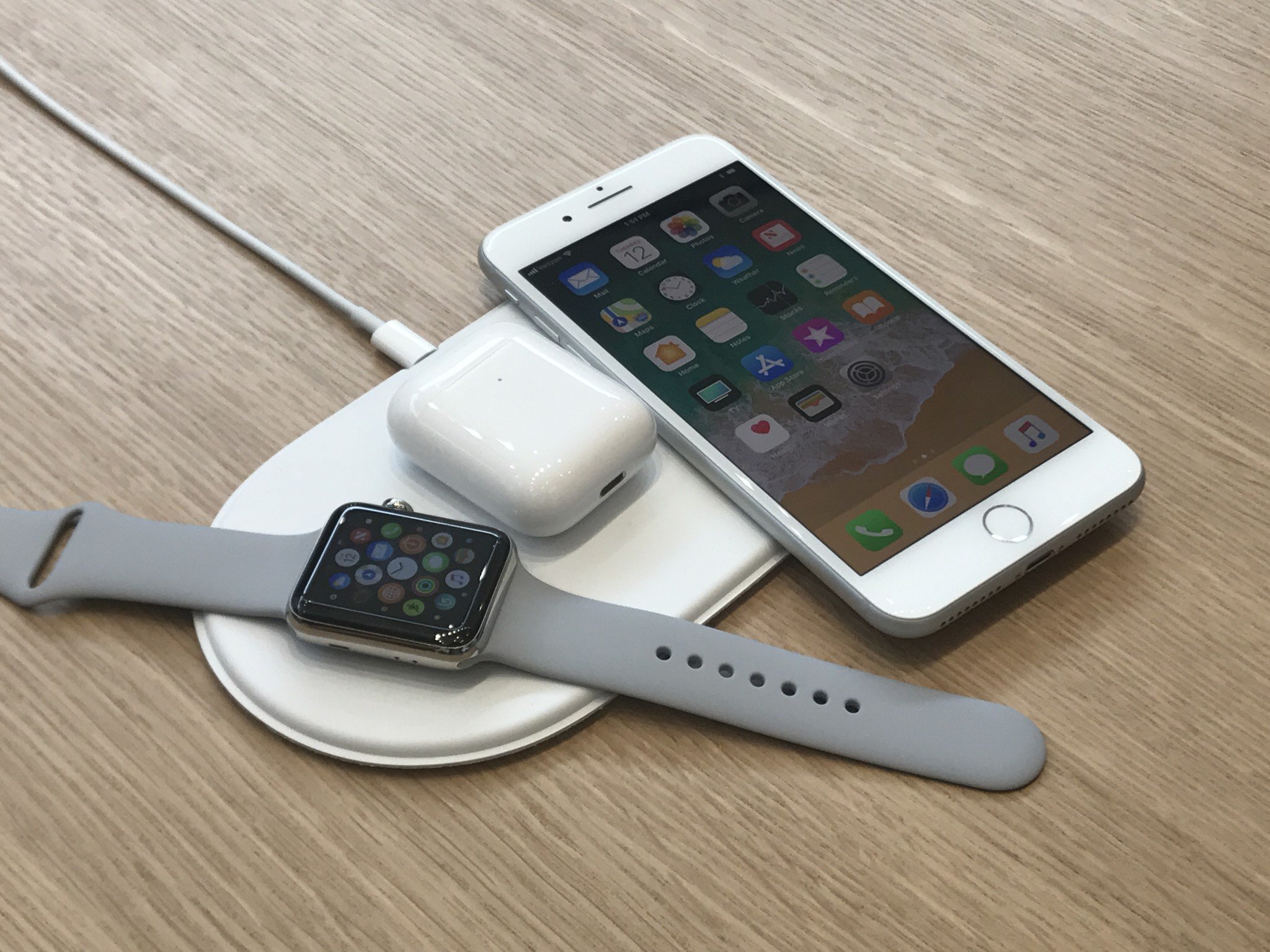
Inductive charging option
During the September iPhone x and iPhone X event, Apple announced a new, optional inductive charging case for AirPods. Coming in early 2018, you'll be able to buy the case separately and charge it on Apple's upcoming AirPower pad or other inductive charging pads.
AirPods buds
AirPods look like Apple's current EarPods with the cords cut off right below the stems. It's fitting: In a very real way, Apple is using them to cut the proverbial cord.
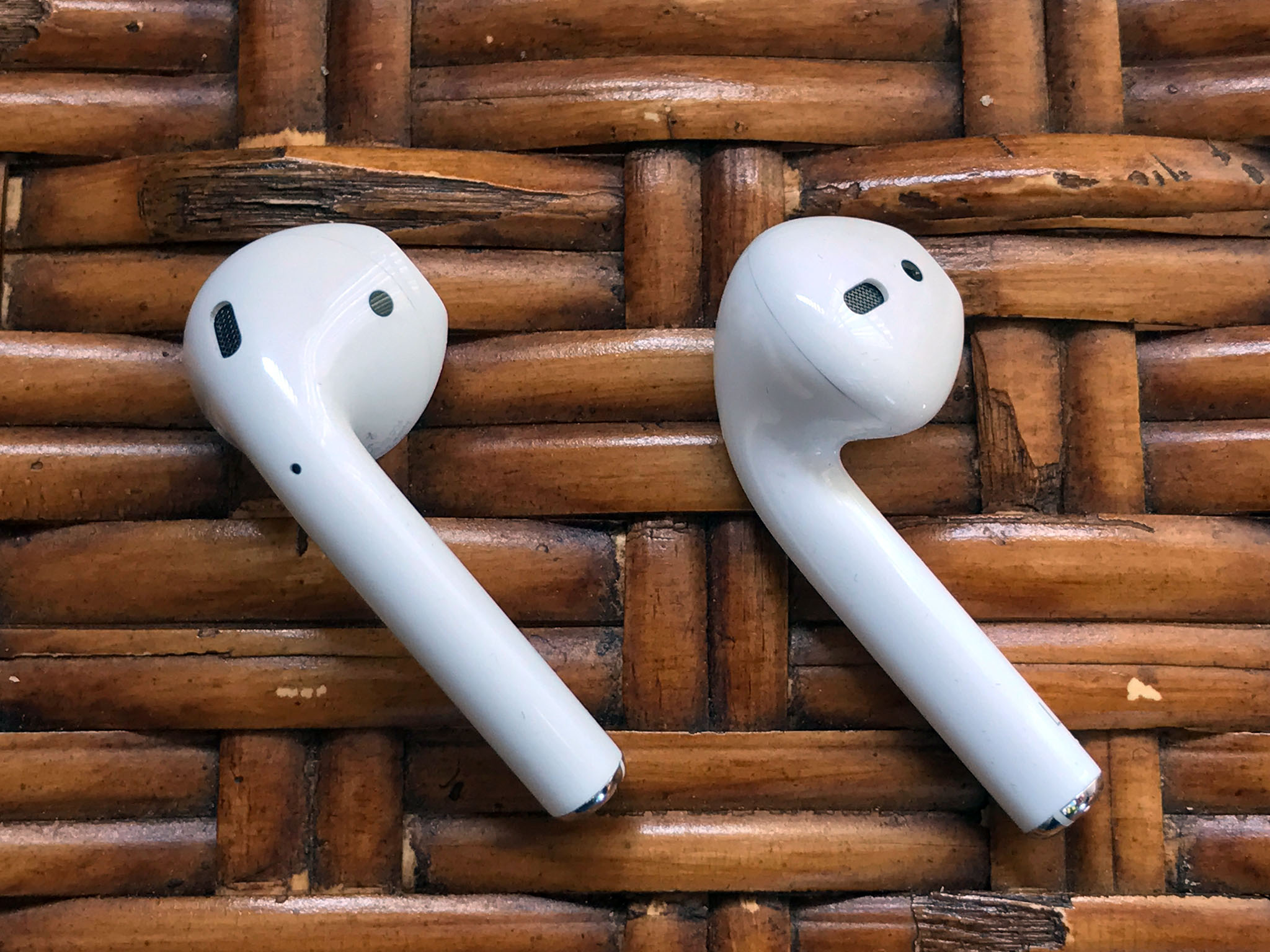
The left and right buds are mirrors of each other, but otherwise almost identical. One has a small L, the other a small R, so you can tell left from right, but that's it. Both have the same speakers, and both have beam-forming microphones.
The shape looks the same as the EarPods as well, but because there's no cord pulling at them, they stay in your ears far better. My ears have been mangled by years of grappling, and traditional EarPods — like all earbuds — don't stay in for me at all. AirPods, so far, have.
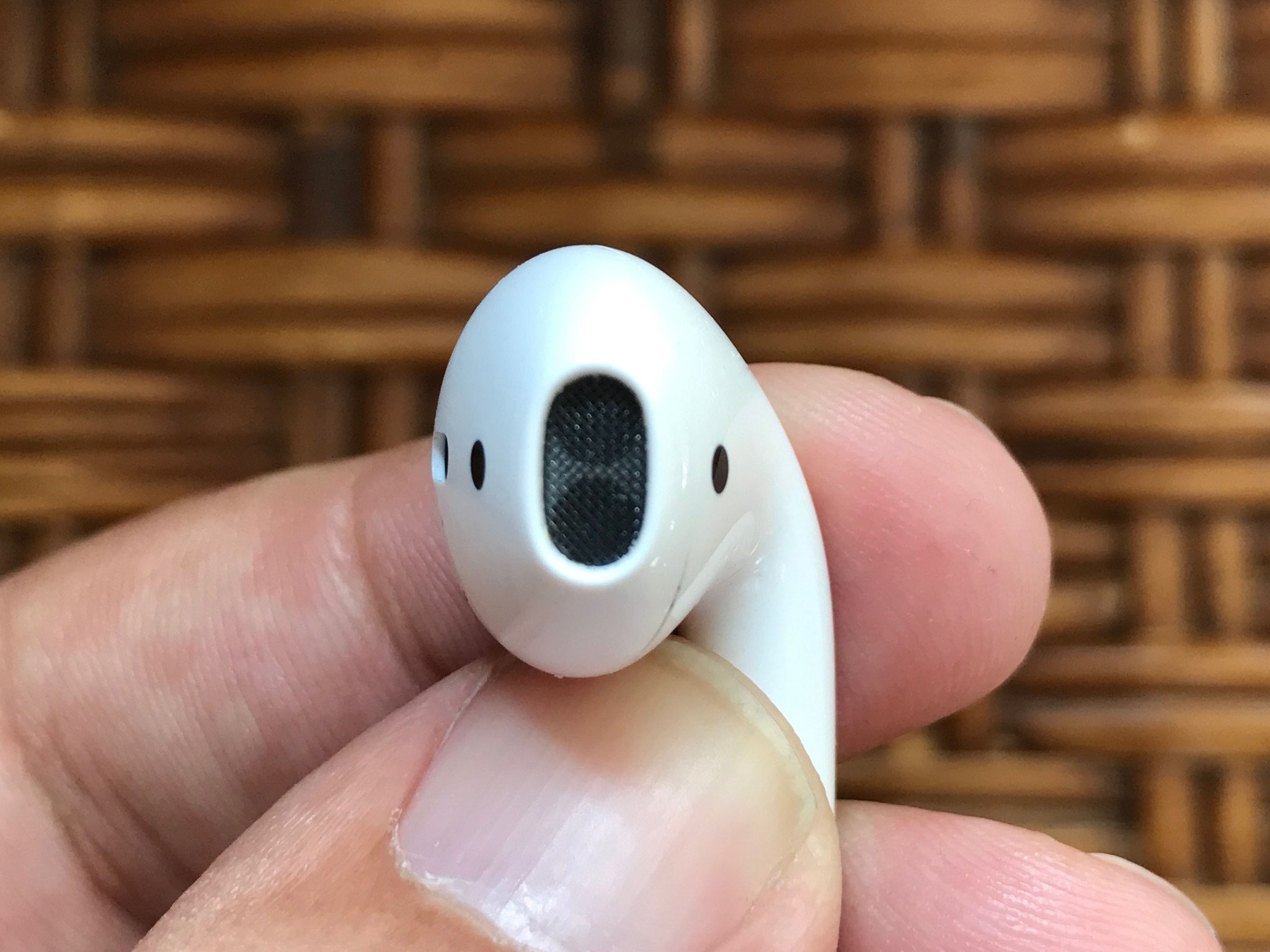
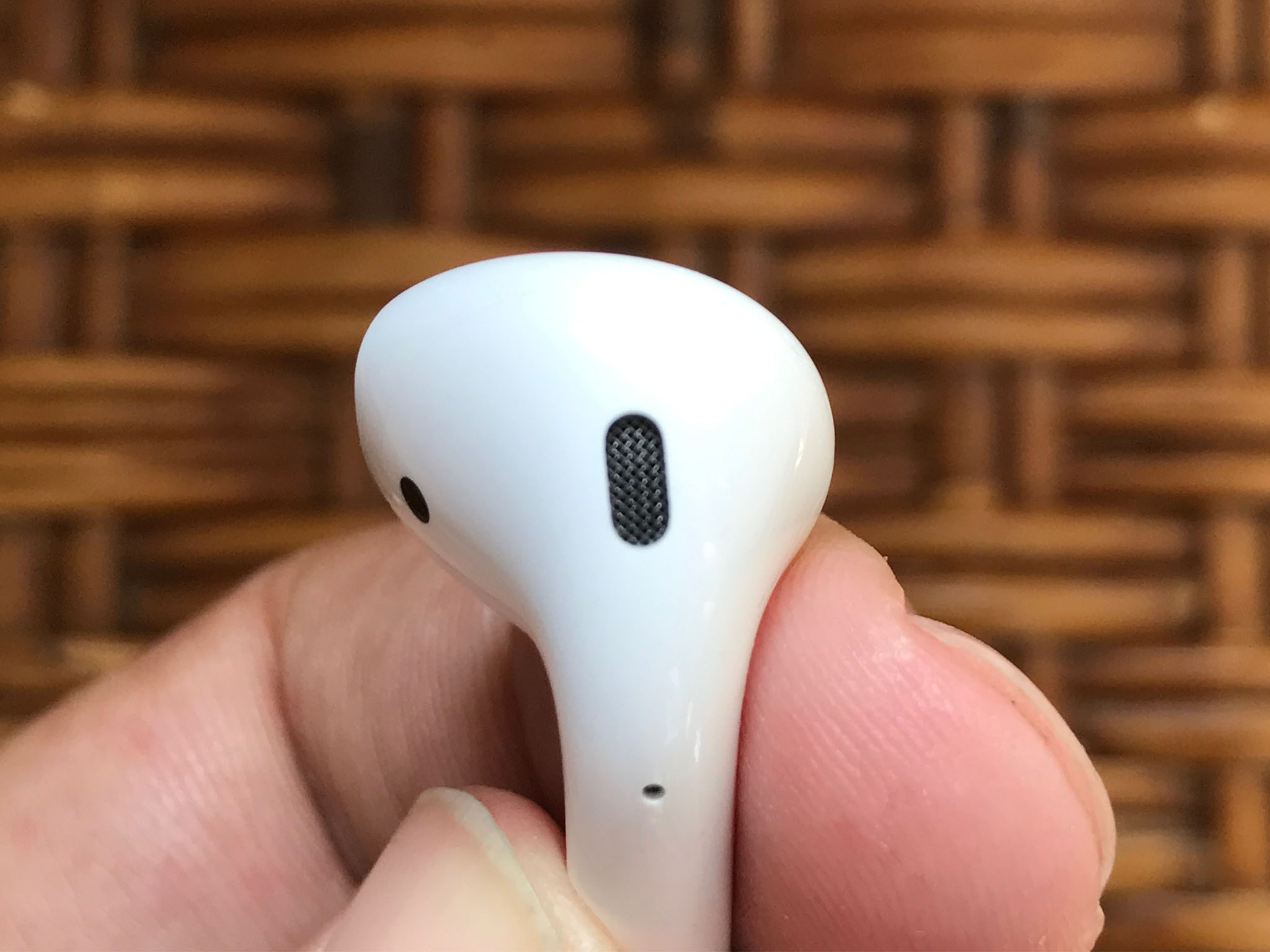
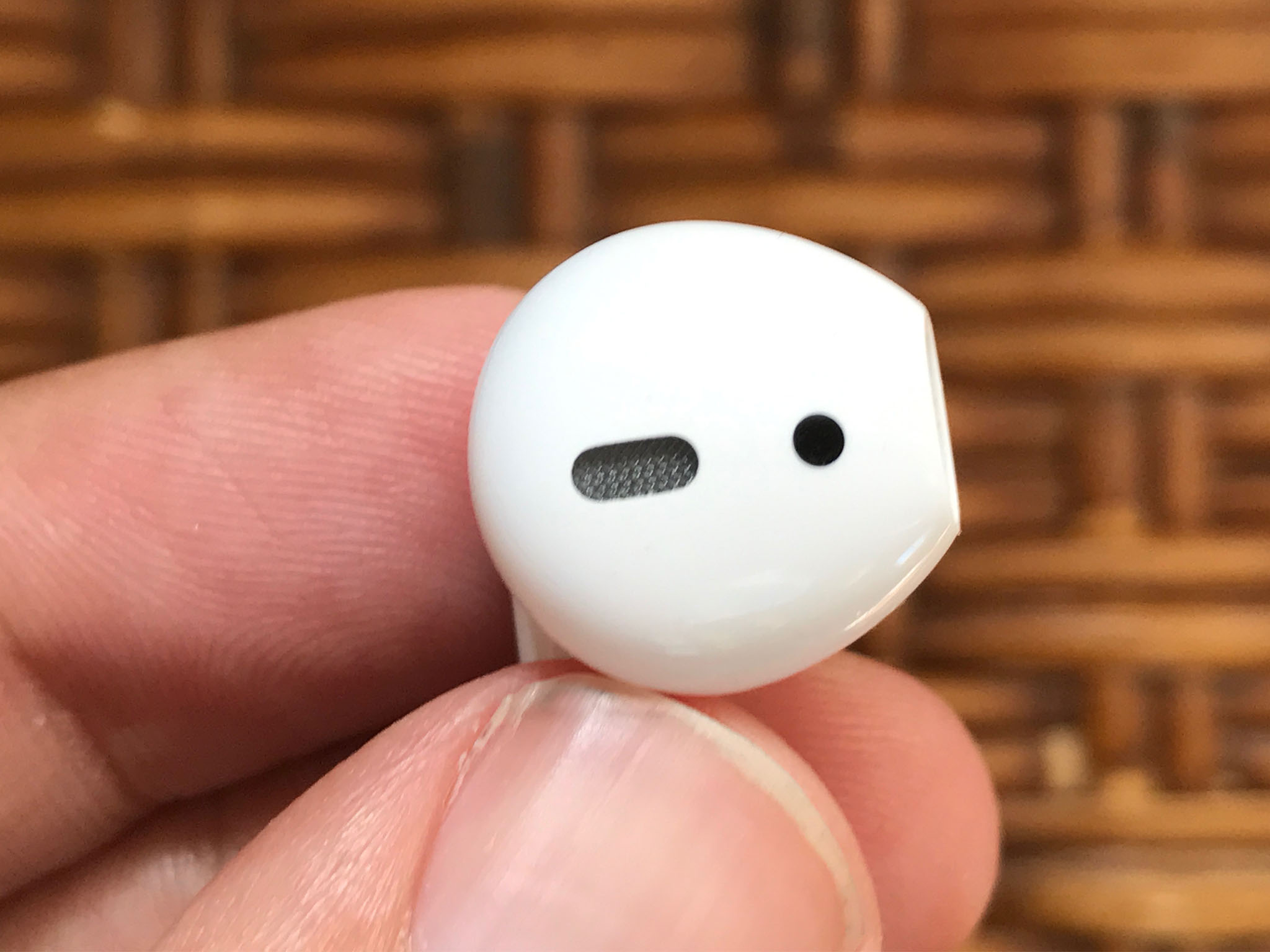
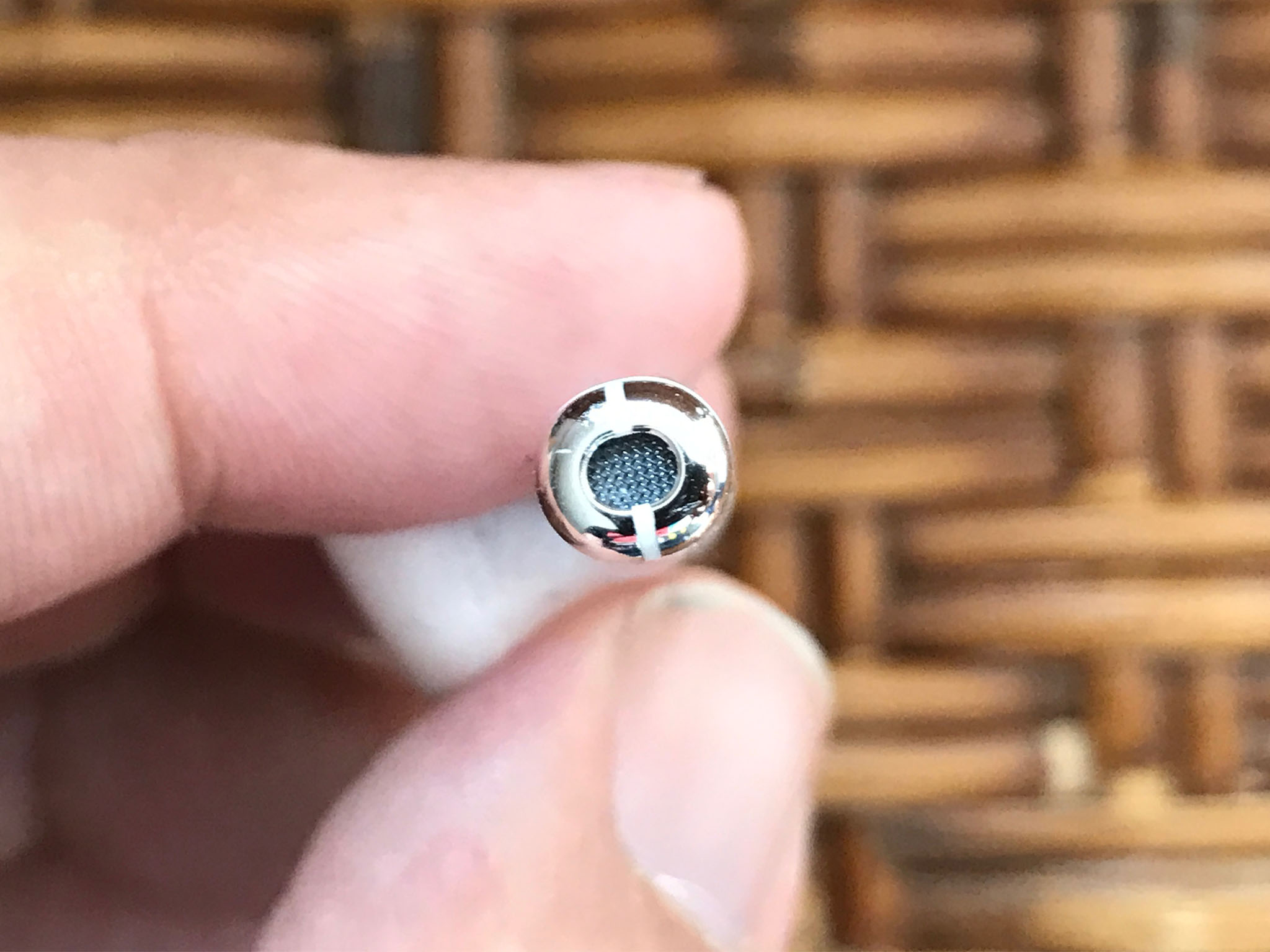
I've taken them walking, jogging, driving, even a little dancing — my living room, my business! — and they've stayed in fine. Year in, year out. I've been out in the heat, the rain, the sleet, and really strong wind. Also the snow. So. Much. Snow.
The left one has never fallen out, far as I can recall, and the right one only a few times. (My right ear is far more mangled than my left — blame grappling.) I know people freak out when they hear about AirPods falling out. I'll point out again that regular EarPods don't stay in my ears for me at all. Like I have to hold my hand over them, over my ear, to keep them in. Same goes for most in-ear headphones.

So, believe me when I say I'm thrilled with how well AirPods have stayed in. It's the first time I've ever been able to use headphones that didn't hook over my ears.
Stil, I'm not a huge fan of the "one design to rule them all" philosophy. It's neater as a product and I've lost plenty of the interchangeable over the years to fill a small jar. But, even with all of Apple's testing, even with a universal shape, they're just not going to fit as many people as they could if there were a range of tips included in the package. It's not as elegant a solution, but it's one that could, for example, let me use a different sized tip for my more-mangled right ear than my less-mangled left.
Using AirPods in the snow did scare me at first. Montreal is covered in the stuff for five or so months a year and anything small and white that falls into the snow can be extremely hard to find. In an attempt to assuage my fears, right when I first got AirPods I deliberately dropped one, hit play to restart the audio, cranked up the volume, and listened to see if I could find it. And I could.
Apple has long since added Find my AirPods to the product. I can't remember the last time I had to use it. Still, it's calming to know it's there for when I inevitably will.
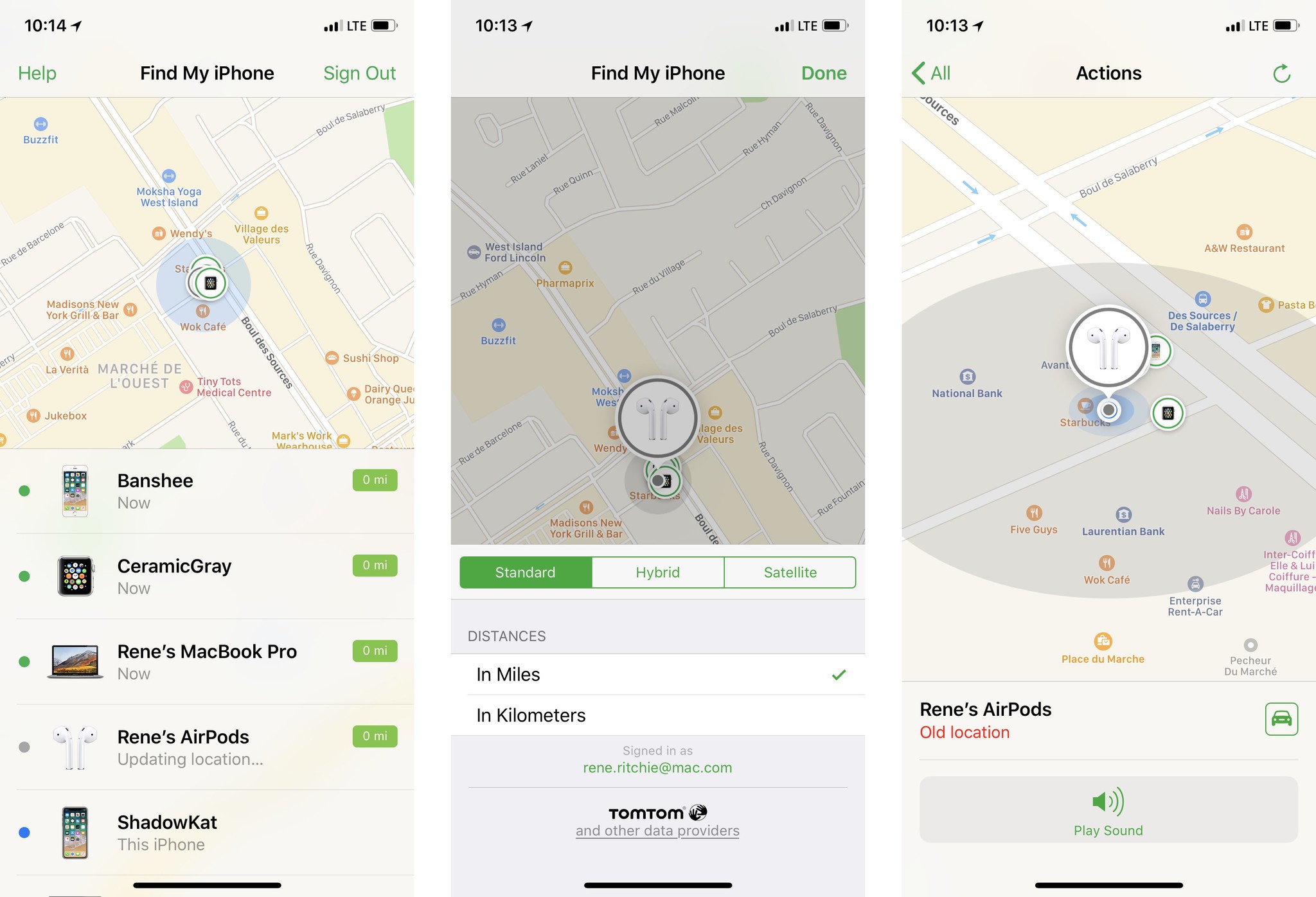
I'd still love it if Apple would add some color to the AirPods line. It's been a year and we're still limited to white. Where's Jet Black? Where's Product [RED]? Now that we're out from under the extreme AirPods constraint, it'd be great to see Apple get a little bolder with the product palette. Especially with Apple's recent focus on fashion and lifestyle.
AirPods Pairing
As nifty as the case and headphones are, the real AirPods "magic" isn't how they look — it's how they work. Bluetooth has gotten better over the years. In the past, there were often bizarre button maneuvers needed to put Bluetooth into pairing mode, codes needed to negotiate the pairing, and small miracles to get and maintain a decent connection. AirPods solve all that.
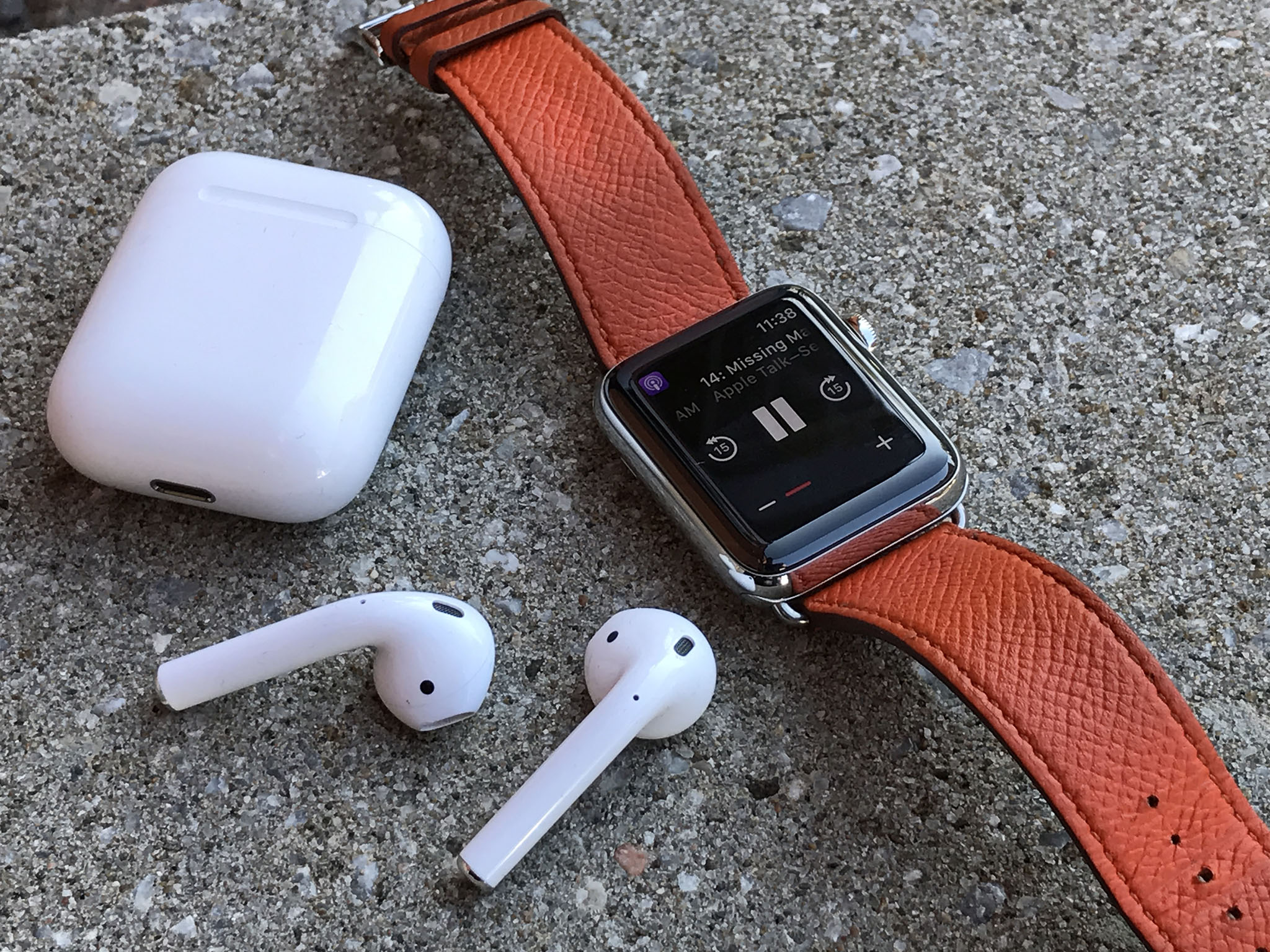
Bring the AirPods case close to your iPhone, open it, and a connection interface slides up. It shows the AirPods case. If the AirPods aren't paired or are paired with someone else's iPhone, the interface says "Not Your AirPods".
Tap the Connect button and that's it — you're paired.
Seriously. That's it. Not just with your iPhone either, but every iCloud-connected device you own gets connected: Apple Watch, other iPhones, iPad, your Mac, and as of iOS 11 and tvOS 11, your Apple TV as well.
It's almost too easy. Ideally, I'd love a passcode or even iCloud auth to approve pairing with already-paired-with-someone-else's AirPods. That'd cut down on AirPod pilfering, I imagine.
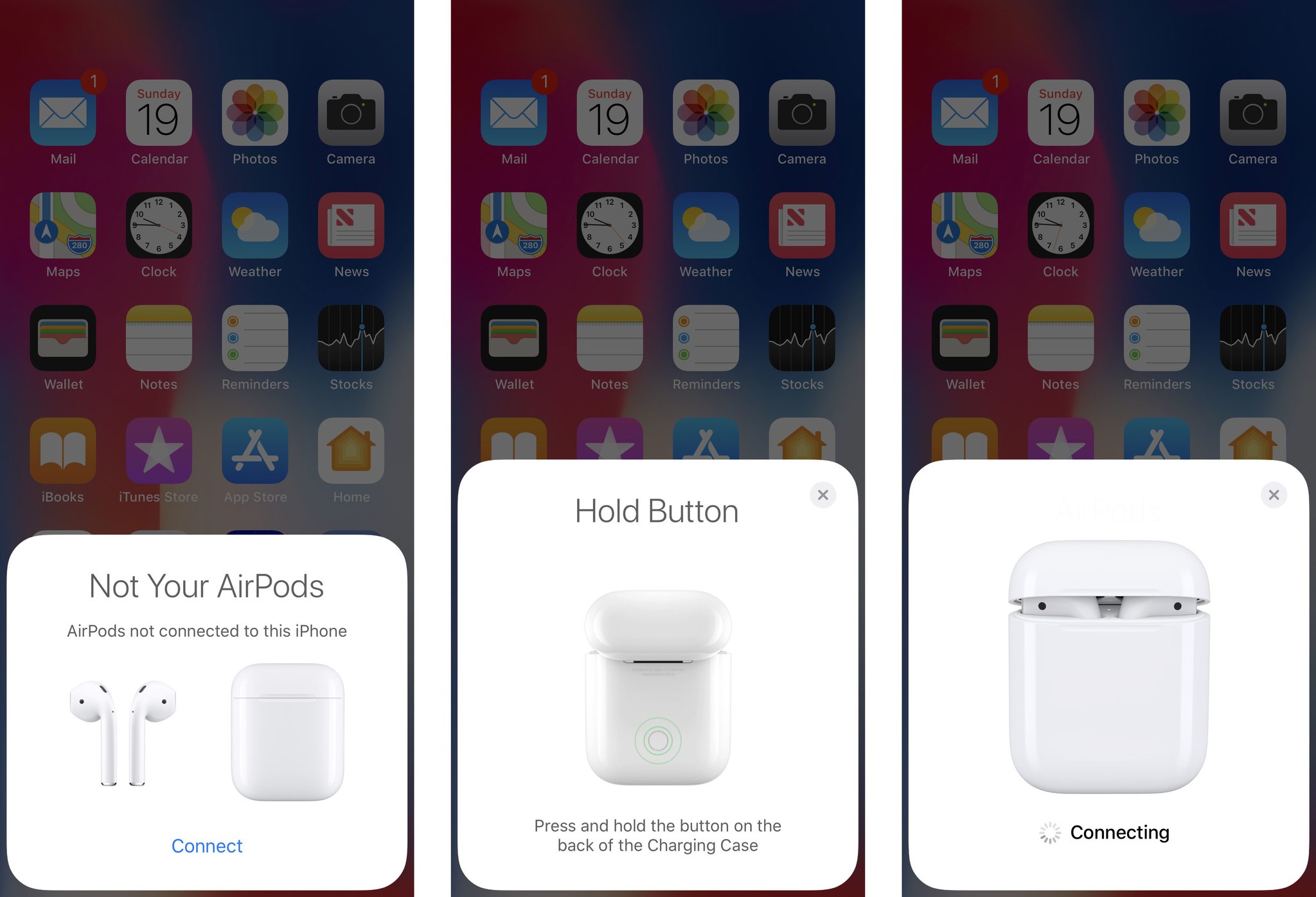
What makes the pairing — and everything else about AirPods — so simple is all the hard work being done inside the silicon by the W1 chip. There's one in each AirPod and they essentially work like mini computers to keep everything in sync, even absent a hardwire cable between them or to the device.
W1 was Apple's first wireless chip. Apple Watch Series 3 now has W2. They're both part of a growing line of Apple silicon: The A-series system-on-a-chip, M-series motion fusion hubs, and S-series system-in-package for the Apple Watch, the T1 coprocessor for Apple Pay in the MacBook Pro.
It's here where Apple continues to show just how far and fast they can push state-of-the-art silicon. And it makes you wonder what they could do next: Full-on Bluetooth radio? Wi-Fi radio? Cellular modem? There are plenty of letters left in the alphabet, after all.
AirPods in Action
The AirPods panel show the charge level of both the case and the earbuds. Take one or both out, and you see the individual battery levels. Place one in your ear, and the infrared sensors know you're wearing them and start to play mono audio. Place the other one in your ear, and it's likewise detected. Then, the audio will seamlessly shift to stereo. Take one out, and the audio pauses. Hit the play button on your iPhone or Watch, or tap the AirPod to ask Siri to continue your music, and your tunes will resume in mono.
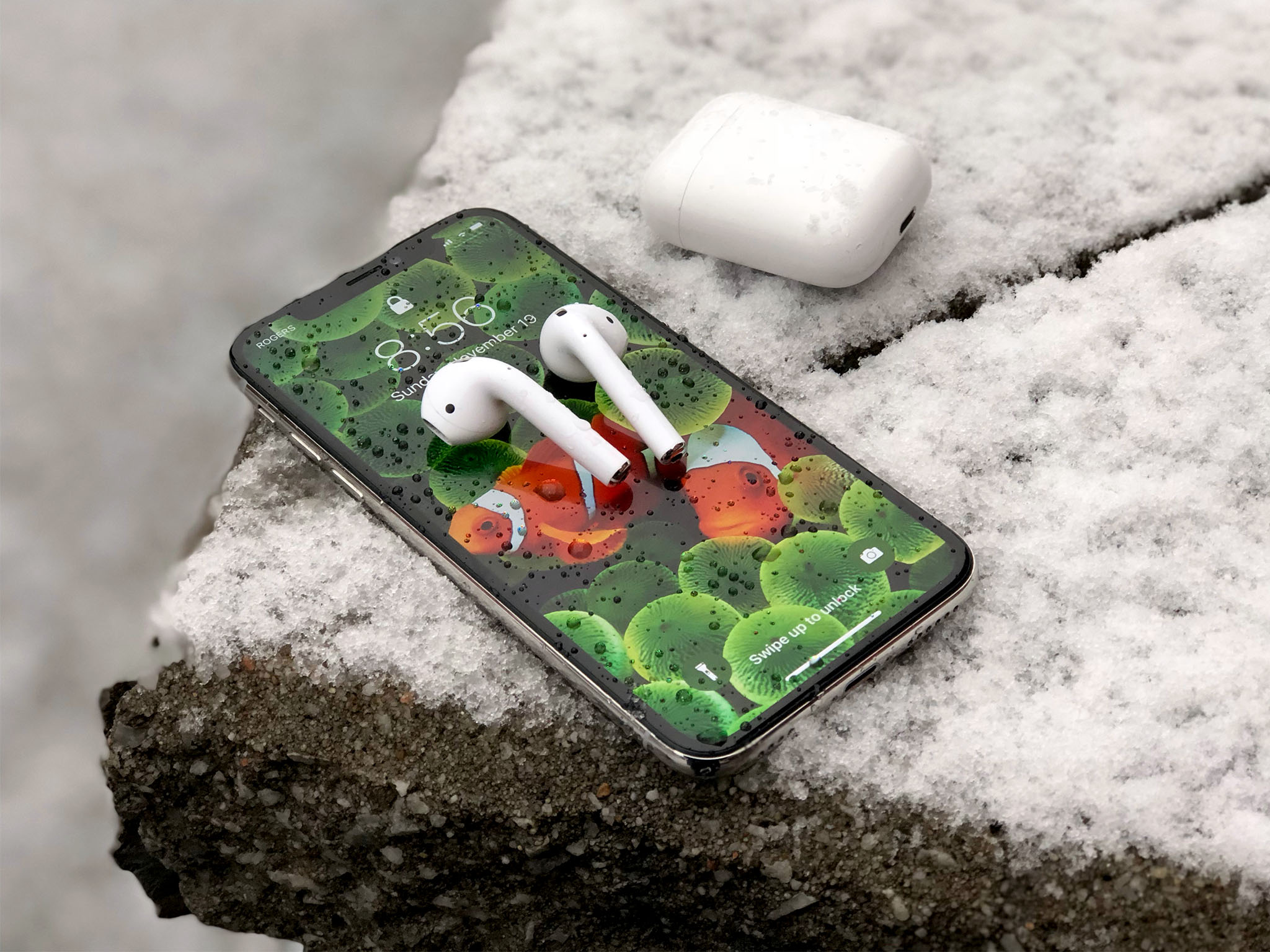
You'll notice that yes, I did mention Siri: Your AirPods are hooked directly into Apple's personal voice assistant. It can be triggered with a double tap of either one of your AirPods, Her-style. If your iPhone, iPad, or Apple Watch is close by, you can also voice-activate with the usual "Hey, Siri!"
Siri is the primary way you interface with the AirPods — there aren't any minuscule play/pause, volume, or track controls on these earbuds. Instead, you ask Siri to pause your music, raise the volume, or switch to the next track.
If you really want to, you can go into settings and switch the double-tap shortcut to play/pause, next track, or previous track, instead of Siri. We have a full guide about how to customize the left and right double-tap controls on your AirPods.
It does make starting and stopping easier, but it sacrifices the full width of controls that Siri enables. I've tried switching them around but I always go back to Siri in the end.
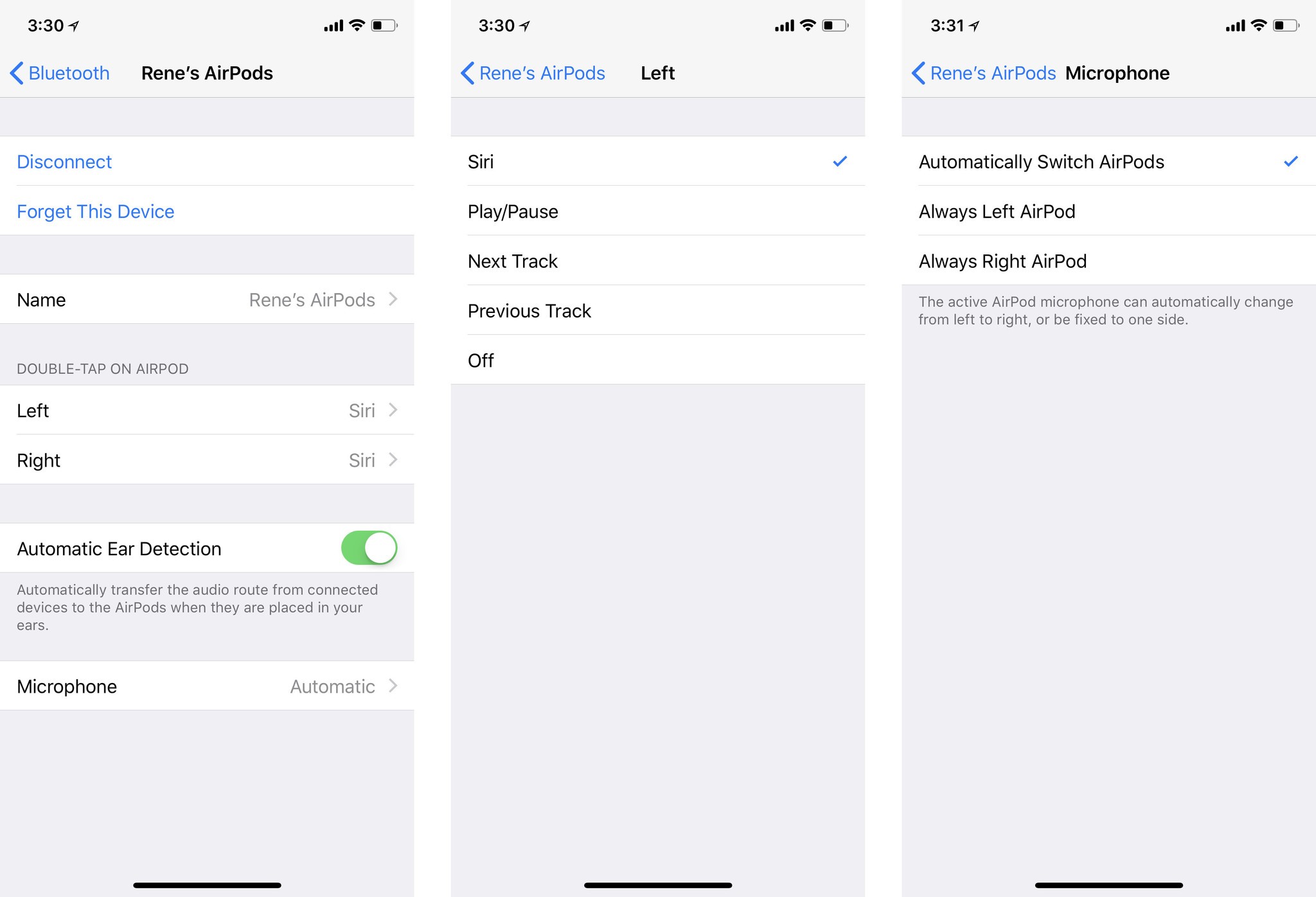
Because the AirPods offer beam-forming mics that engage when they detect your jaw movement, you can speak very softly — not quite sub-vocally, but close — and still get Siri to understand and trigger commands. In my tests, they do a great job isolating your voice. I've used Siri in the car, around the house, on the streets, and in relatively noisy hotels and bars with no problem.
By default, the AirPods automatically switch between the two mics as needed. You can force them to use only right or left in settings, though, if you prefer.
If you don't want to, or it wouldn't be socially acceptable to use Siri, you can still control everything from your iPhone or Apple Watch. I thought I would miss the remote dongle on my traditional, wired headphones, but I don't: I only ever used the remote to play or pause tracks, and I can do that easily enough with Siri.
You can take calls on the AirPods, too: When a call comes in, tap either one of the AirPods twice to answer — or hang up, if you're already on a call. As with Siri, I tried out calling in a variety of rooms and environments; everyone I asked said they sounded great.
If audio starts playing on your Apple Watch AirPods will automatically switch to them. You can also switch to them manually on iPhone or iPad using the audio source setting in Control Center. On Mac, you can switch from the volume icon in the menubar.
How you feel about AirPod controls will depend on how you listen to audio. If you like easily accessible physical controls for volume and skipping between songs or chapters, Siri is going to feel very, very cumbersome. If you're more of a set-it-and-forget-it type listener, who starts a podcast or audiobook or playlist and then lets it go, Siri will be fine.
It's for everything beyond audio that Siri really comes in handy. Yes, it's a complete pain in the soul to have to ask Siri to bump volume or go to the next song, but it's future-in-your-face-fantastic to tap twice and unleash Siri on everything else. Especially thanks to the new Siri apps.
Tap. Tap. "Message Serenity the review will be done on time." Tap. Tap. "Call Kevin on Skype." Tap. Tap. "Turn my lights purple 50%." Tap. Tap. "Siri, remember this [spot in the podcast]." Tap. Tap. "Play Smooth Criminal by Alien Antfarm." "Google 'How to find AirPods in the snow'." Now we just need "Siri, read this." for the last one …
For basic playback, it's frustratingly slow compared to buttons. For everything else, though, it's obliteratingly faster.
AirPods Audio Quality
I'm not an audiophile, so the subtleties of the sound performance are lost on me. To my unappreciative ear, though, AirPods sound as good as the EarPods Apple's been bundling with iPhones for years. That might sound like damning with faint praise, but it's way better than many Bluetooth headphones have sounded over the years.
They're not noise-canceling, which is bad for airplane flights but great for walking out on the street. They're also loud and clear enough that I can hear podcasts, audiobooks, and music just fine, even when cars are racing by.
In the year since I've been using them, I haven't suffered much if anything in the way of audio dropouts. I've used them when recording both video and audio podcasts and they've been solid each and every time.
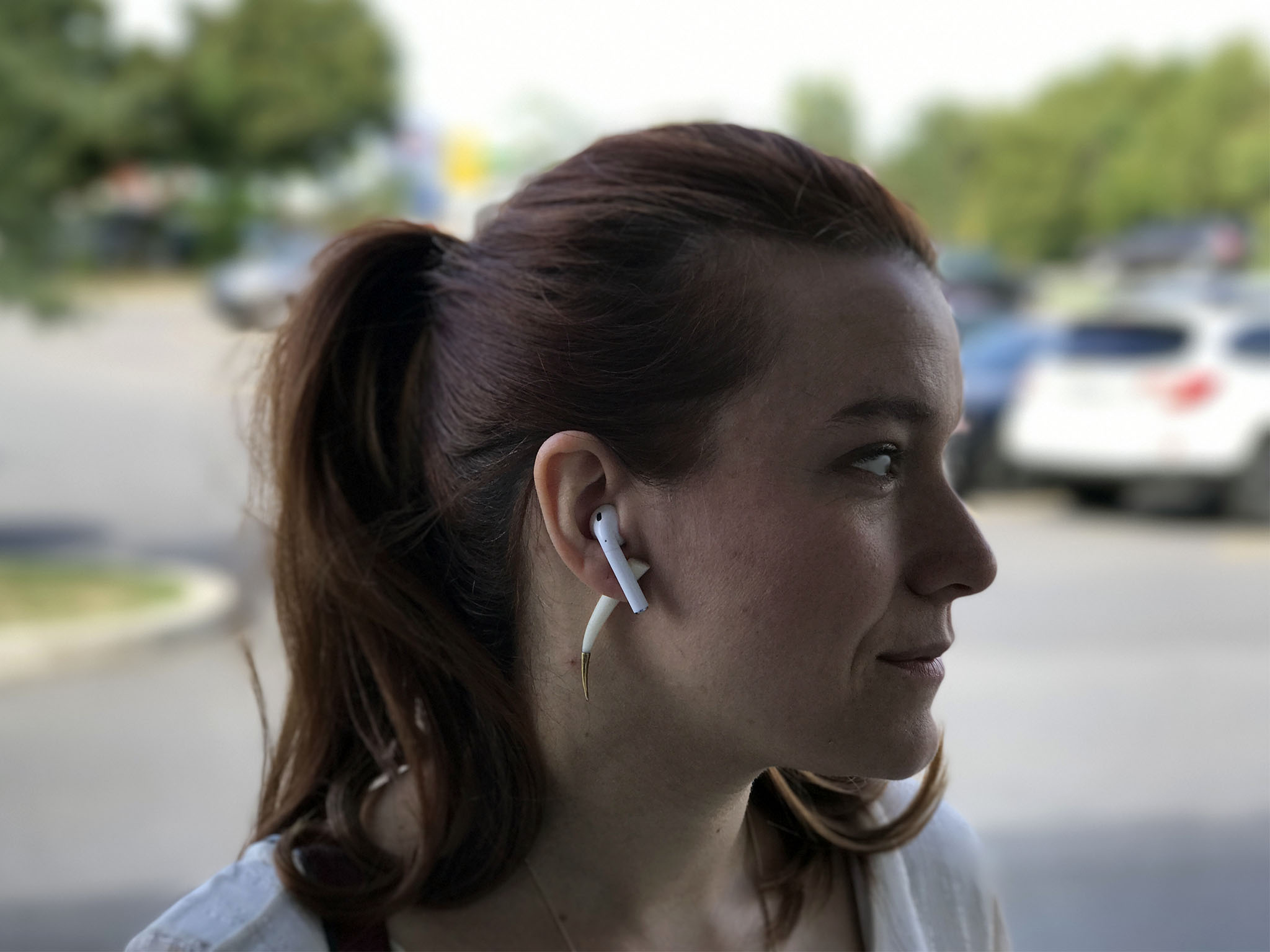

I've also worn them now with hoods on, caps on, and toques — what we call knit caps in Montreal — without a problem. I am careful when pulling on or off a hoodie, though, because you can physically knock one or both out that way.
Even when in the car or out for a walk, the mic sounds good enough that nobody I've spoken to on the phone or over VoIP apps could tell that I was using AirPods. When I switched to them, some even thought I'd switched back to my iPhone, assuming that would be better.
Whatever beam-forming Apple is doing, the company is doing it really well.
AirPods and Battery Life
When I first started using AirPods, I figured the battery life would never be enough and that recharging them all the time would be a hassle. I was wrong on both counts. I mostly use one AirPod at a time for listening to podcasts or audio books, or taking or making calls.
That way, I can switch them back and forth, and get double the battery life when and if I need to. I haven't really needed to, though. Even on long flights, I've never run out, and because the case charges over Lightning, I can plug it in at home, in my car, even into my portable battery pack, to top it up if and when I need to.
AirPod battery life is also shown on the Today View widget in iOS, so it's easy to keep track. Over the last year, I've never run out of power. I've always ended up plugging in long before I needed to.
AirPods Conclusion
I recently called iPhone X the best product Apple had ever made. To put that in context, prior to iPhone X I would have argued the new iPad Pro was better than iPhone 8. And, last year, that AirPods were better than iPhone 7 Plus. And I liked iPhone 7 Plus and it's dual-lens camera system a lot.
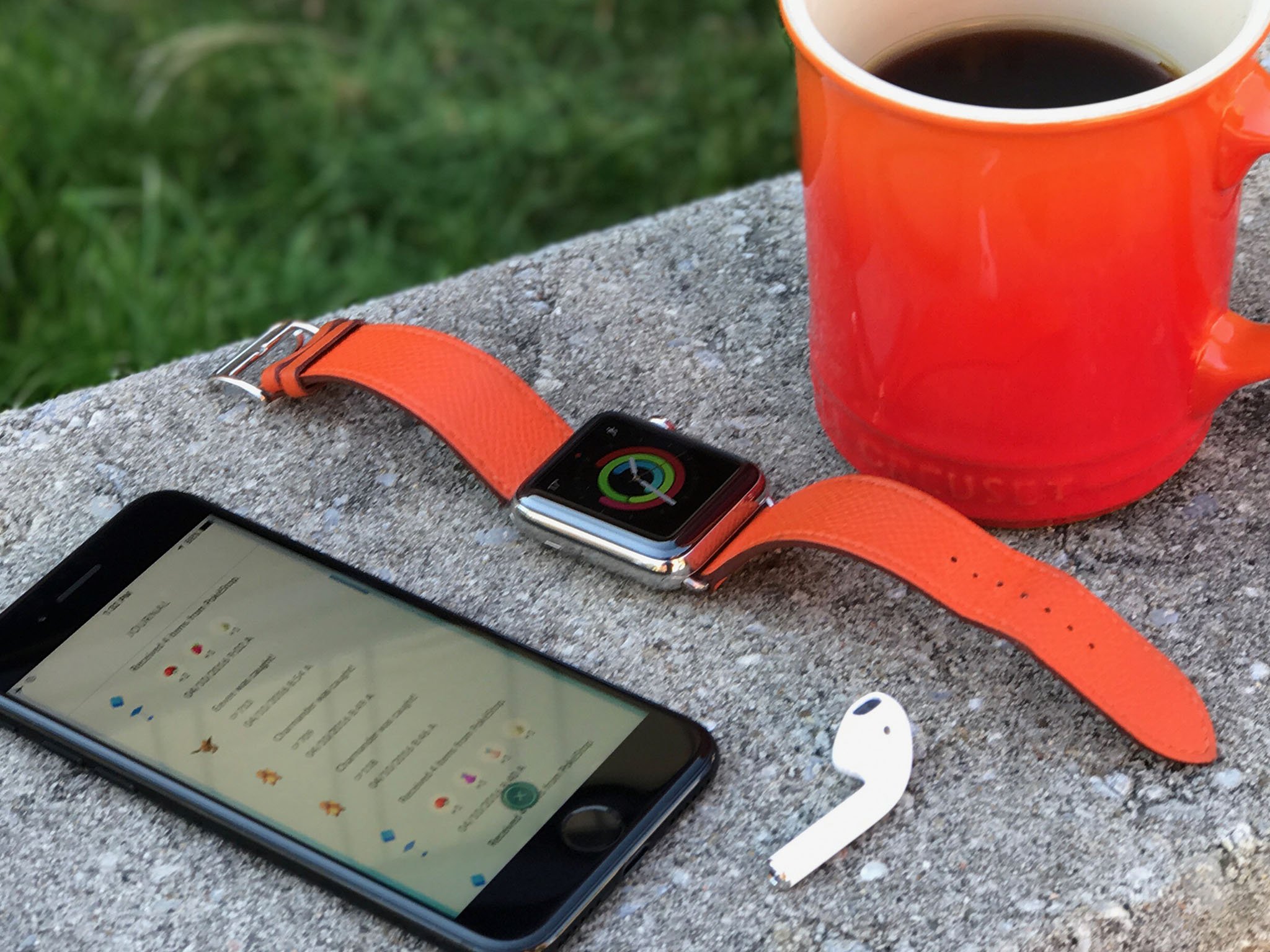
There's just something about the elegance of the way AirPods pair and the freedom AirPods provide that are truly revolutionary. Not having a cord between phone and earbuds is one thing. It keeps them from pulling or being pulled out. Not having a cord between earbuds is another. It makes them not feel like earbuds at all but like part of your ears. Like bionics.
We're in an age of augmented reality (AR) and, while video gets all the attention, audio will be just as important. Likewise, while video is still struggling to be unobtrusive to our eyes, AirPods have already made it unobtrusive to our ears.
For the last year, I've been using AirPods for my workouts, when I'm driving, when I'm flying, when I'm out for walks — basically any time I need headphones. I've used them with my iPhone, Apple Watch, iPad, Mac, and Apple TV. I've even used them, occasionally, over standard Bluetooth pairing on non-Apple hardware. And, in all cases, they've worked great.
At $159, AirPods may seem expensive. Especially for the sound performance. But you're not paying for the bugs. You're paying for the wireless chipset and the sensors. Apple's pricing them to move and if they could go lower, I'm guessing they would.
There hasn't been a second generation of AirPods yet, though a wireless charging case is coming next year. But Apple has rolled out the same W1 chipset and easy pairing system across the Beats line. So if you're looking for over-the-ear, noise-canceling, and more, you can look there.
But, a year later, this still holds true: If you're looking for the best integrated, lightest, and most future-feeling audio experience for iPhone and all your other Apple gear, look no further than AirPods.
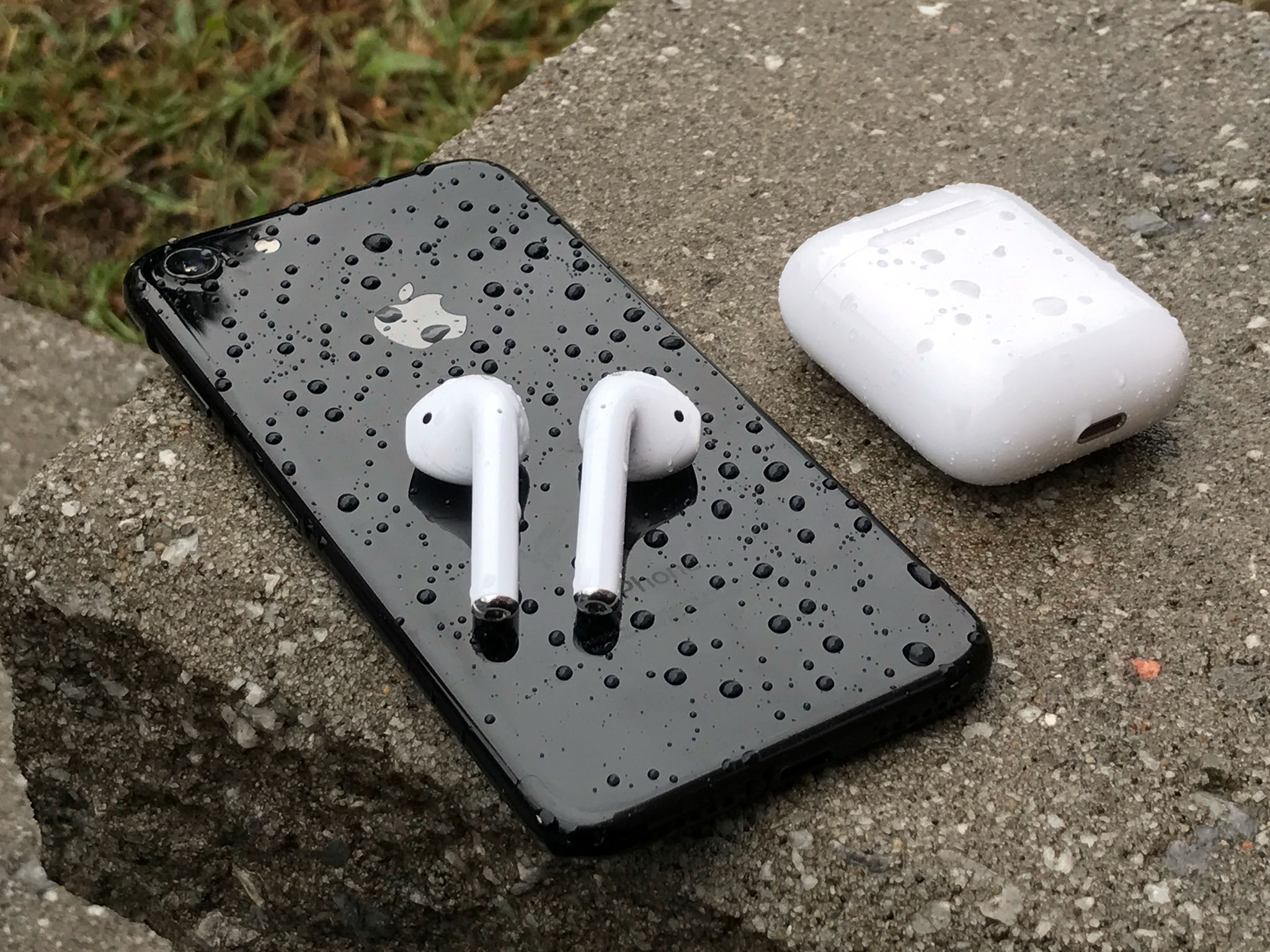
○ Everything you need to know about AirPods
○ AirPods, Beats X, or PowerBeats 3?
○ Best way to buy AirPods
○ How to personalize AirPods
○ How to pair AirPods with W1
○ How to pair AirPods with Bluetooth
○ How to configure AirPods
○ How to use AirPods
○ How to use AirPods offline
○ How to clean AirPods
○ How to find lost AirPods

Rene Ritchie is one of the most respected Apple analysts in the business, reaching a combined audience of over 40 million readers a month. His YouTube channel, Vector, has over 90 thousand subscribers and 14 million views and his podcasts, including Debug, have been downloaded over 20 million times. He also regularly co-hosts MacBreak Weekly for the TWiT network and co-hosted CES Live! and Talk Mobile. Based in Montreal, Rene is a former director of product marketing, web developer, and graphic designer. He's authored several books and appeared on numerous television and radio segments to discuss Apple and the technology industry. When not working, he likes to cook, grapple, and spend time with his friends and family.
